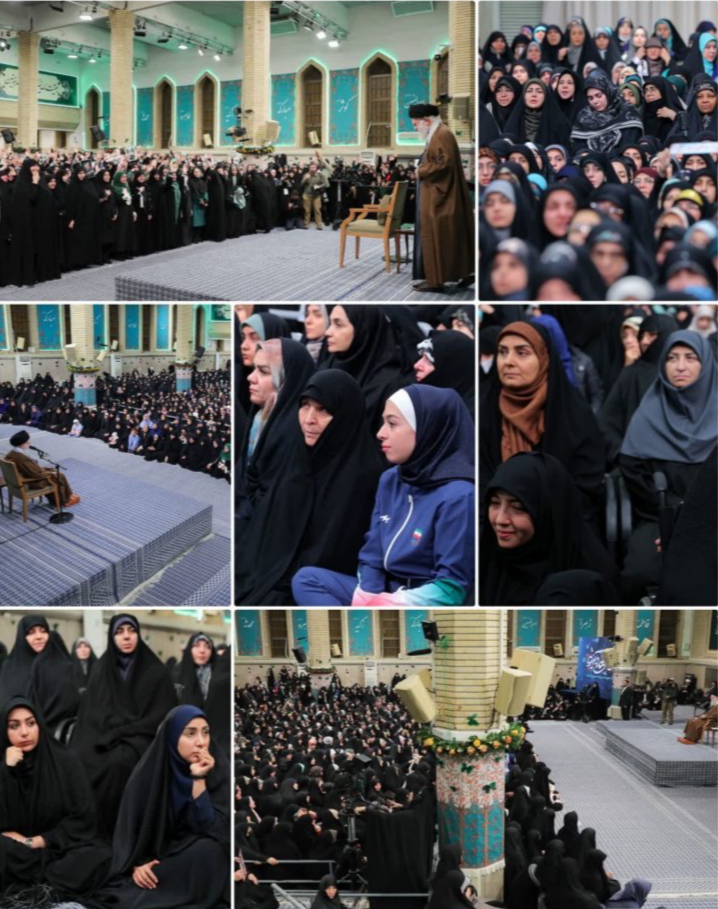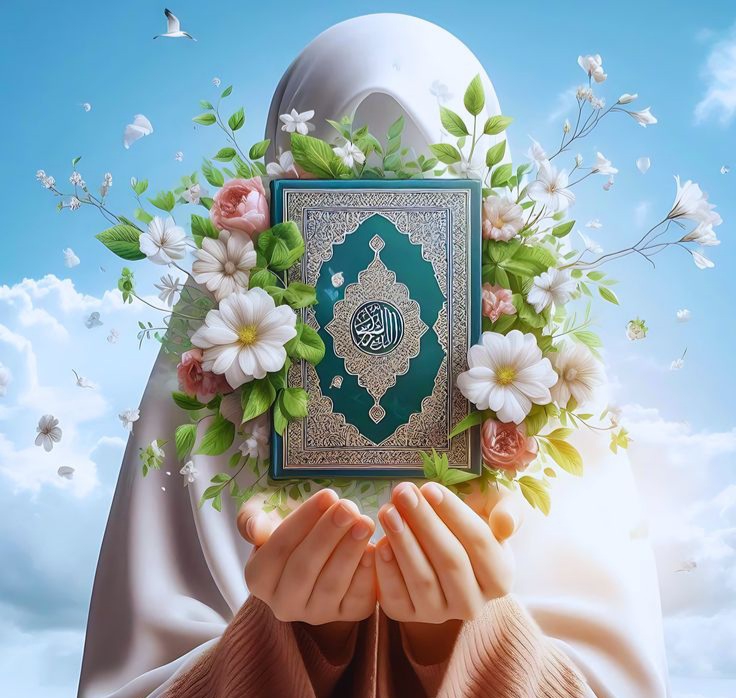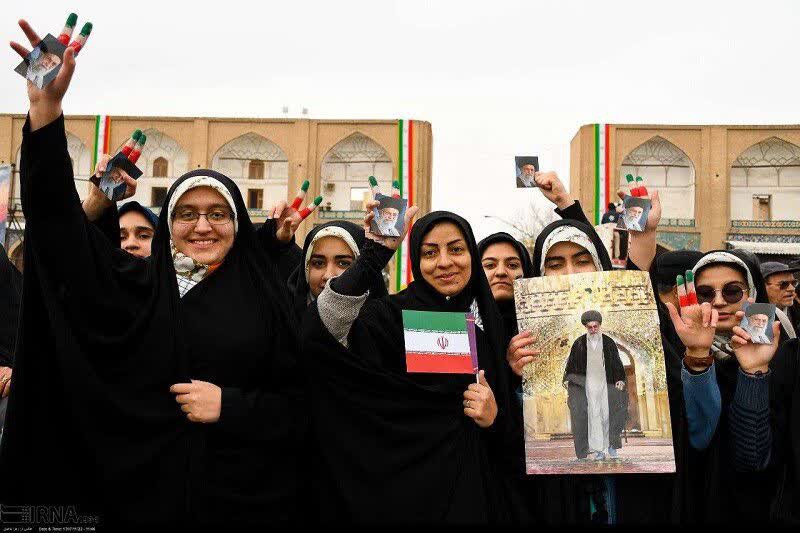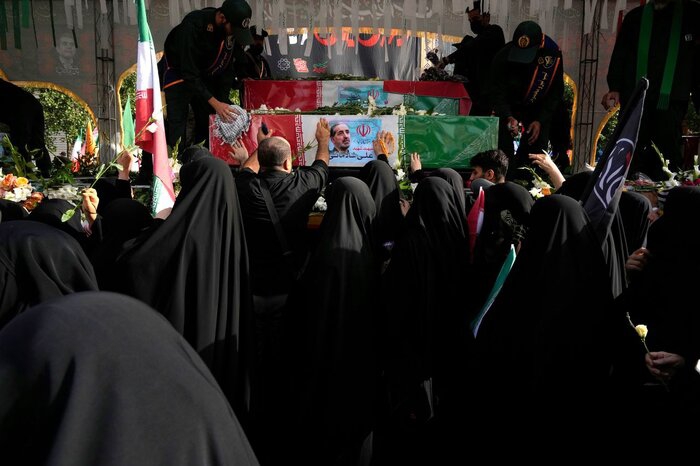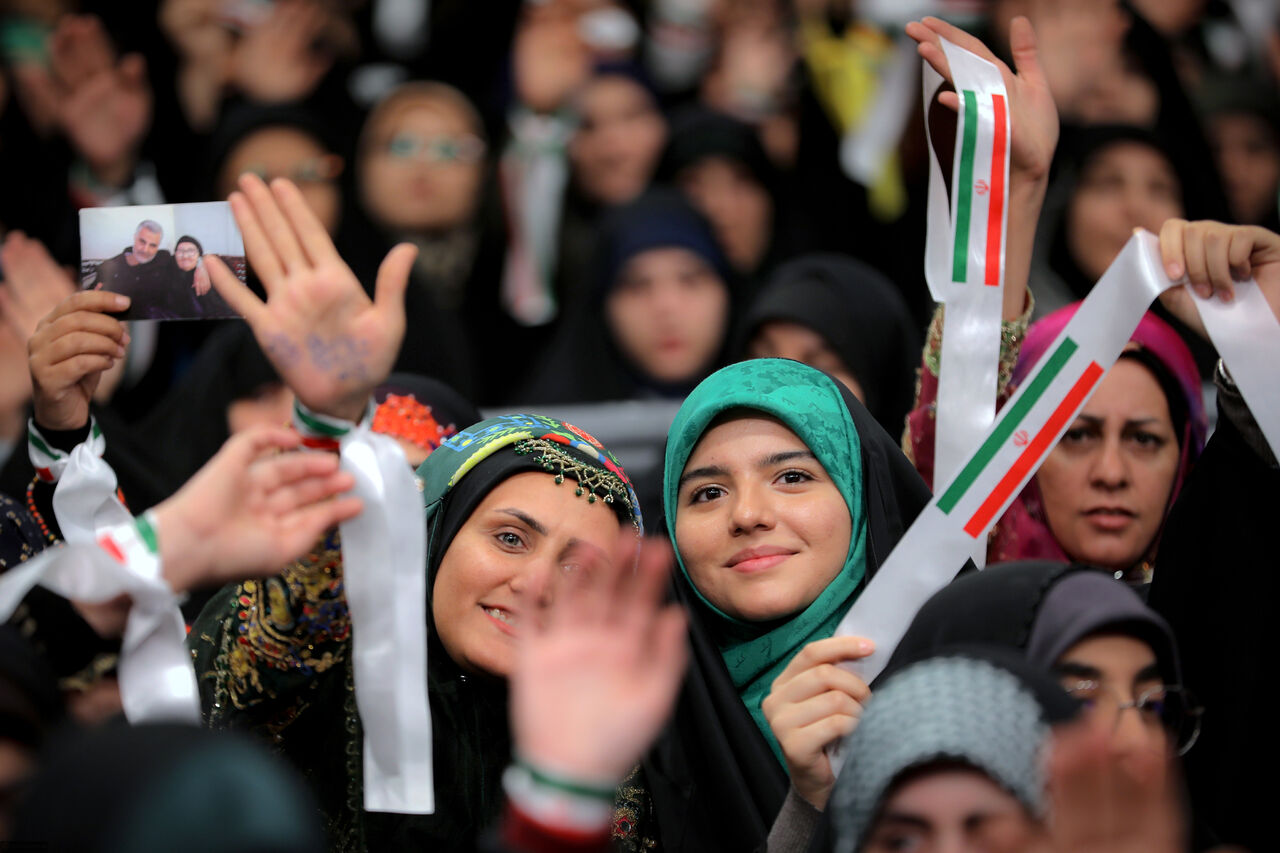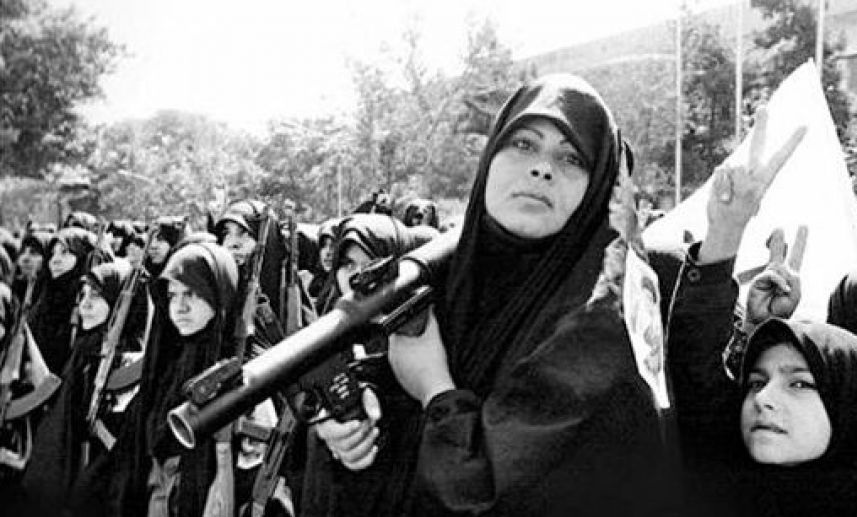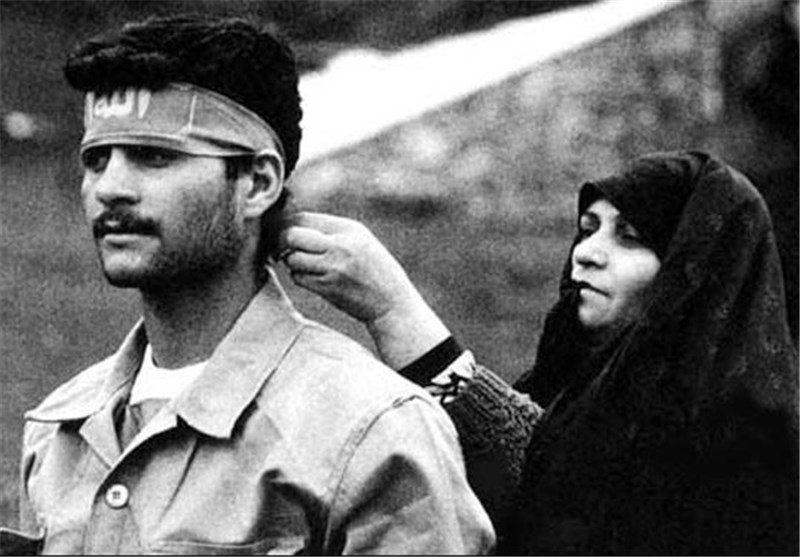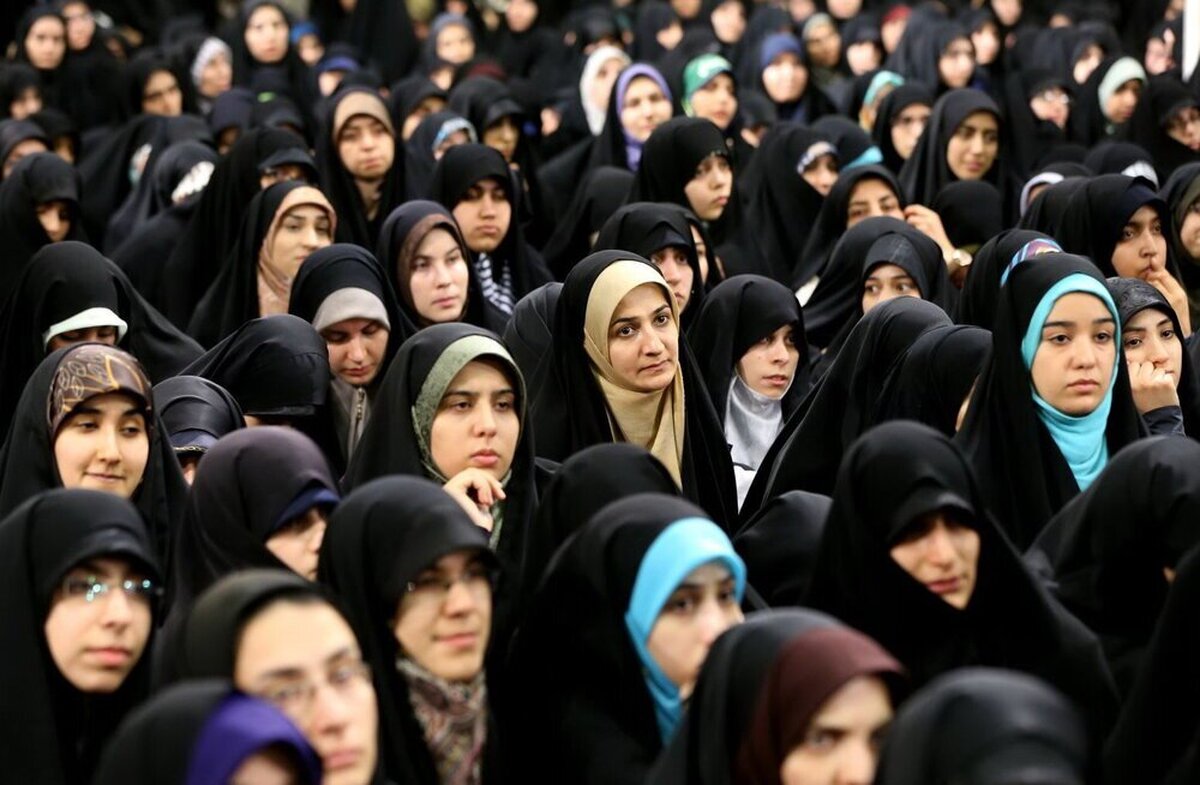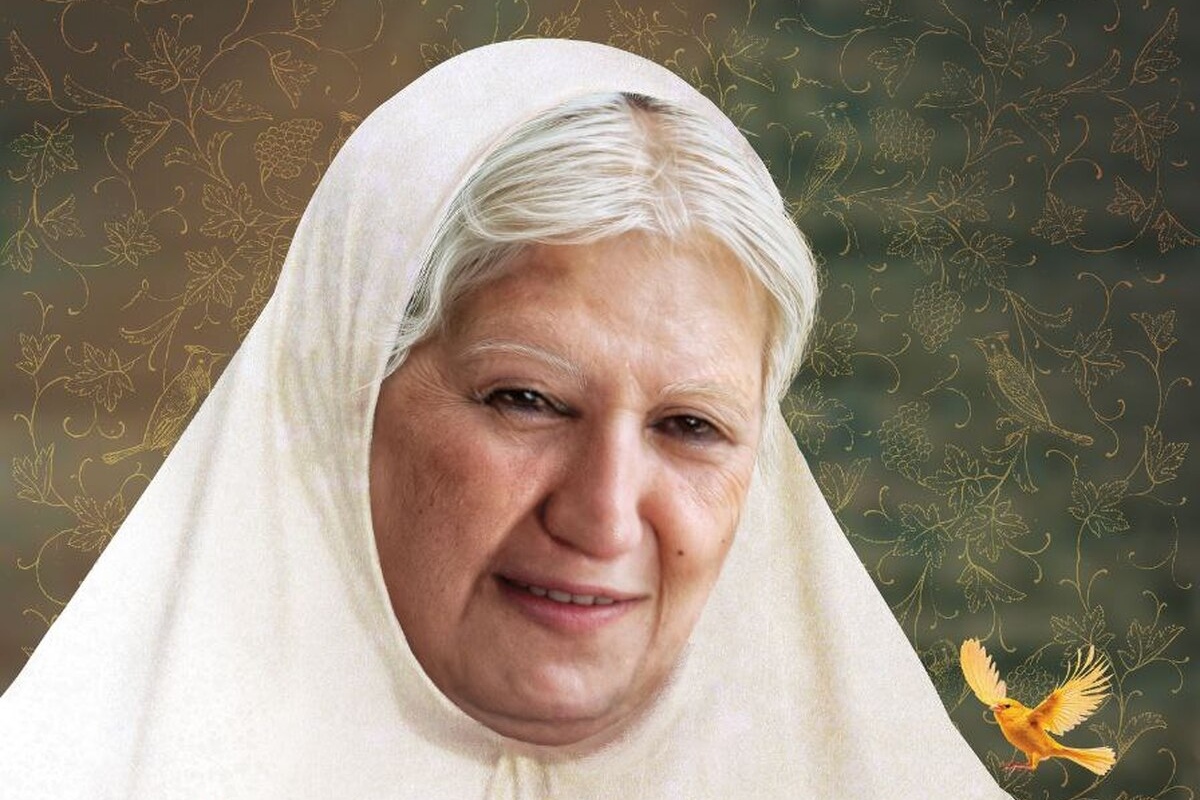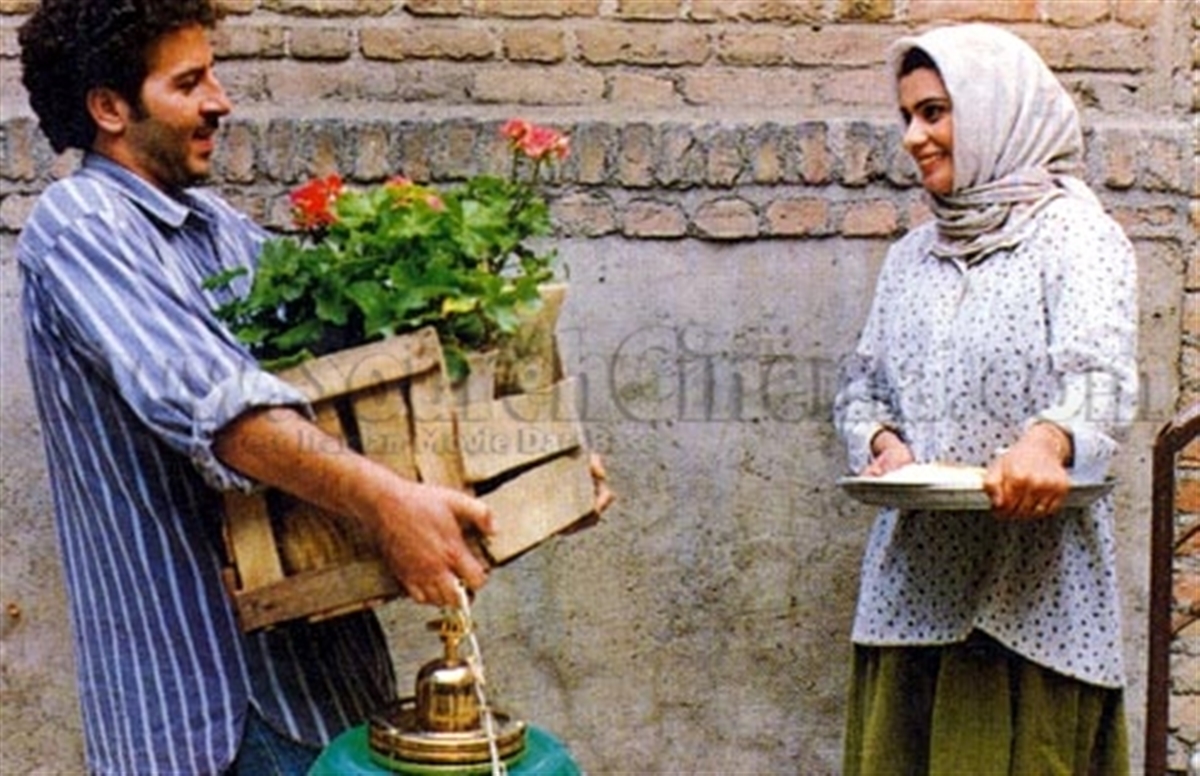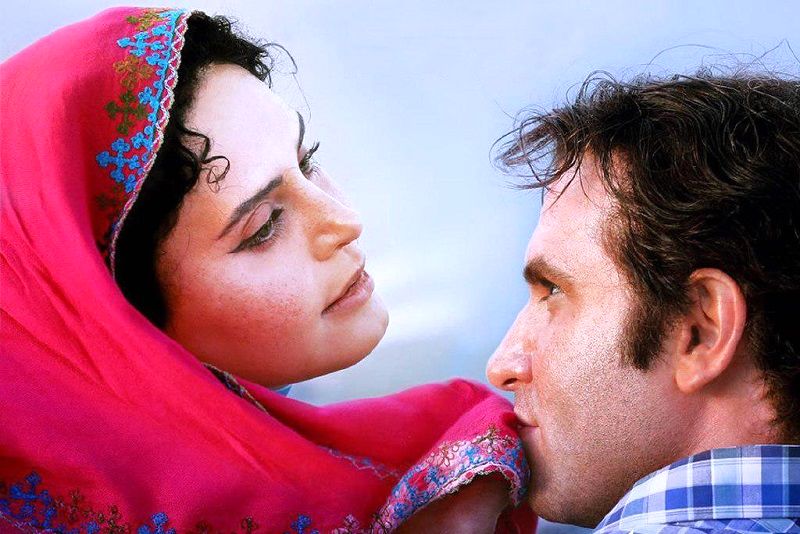This morning, the leader of the Islamic Revolution Ayatollah Seyyed Ali Khamenei held a warm and heartfelt meeting with a group of women and families of martyrs, as well as those who made sacrifices for the nation. The gathering — held on the eve of the birth anniversary of Fatimah al‑Zahra (peace be upon her) — became a space of gratitude, stories of dedication, and recognition of resilience. According to the women’s news outlet “Jahanbanou,” the atmosphere was intimate, respectful, and full of reverence for the legacy of the martyrs and their families.
Sharing Stories of Sacrifice and Resolve
During the event, the wife of Martyr Sardar Rashid and the daughter of Martyr Sardar Salami, stepped forward to speak. They recalled with emotion the firm determination and the spiritual strength of their loved ones. Their testimonies painted vivid portraits of dedication: living not for themselves, but for their ideals and their nation. Also present was Fereshteh Hassanzadeh — a celebrated Muay Thai champion in Islamic countries — who had presented her international silver medal to the Leader in a previous visit. Her remarks also honored the spirit of striving and perseverance that defines the community of martyrs’ families.
As the ceremony continued, two other women were honored: Afshordi (the mother of the Bāqeri martyrs), and Fahimeh Hashemitabar (the daughter of a nuclear-science martyr from the 12-day war). Their recognition served both as tribute and as an emblem of enduring respect for families who carry the memories and values of sacrifice forward.
Honoring Women’s Central Role in Faith, Society and Progress
In his address, the Supreme Leader underscored the pivotal role of women as bearers of light, mercy, and blessing for the nation. He praised their contribution in promoting values of selflessness, martyrdom, and scientific progress. He emphasized two essential pillars: the dignity of women, and the protection of their rights — not only within the family but throughout society. In his view, women are more than caretakers: they are pillars of society, capable of shaping its future through strength, conviction, and faith-driven action.
He said: “Women are the manager of the home, not a servant for you to say, “Why didn’t you do this? Why didn’t you do that? Why isn’t the house clean?” A woman is like a flower. A flower must be cared for and protected, and she will enrich you with her color, fragrance, and qualities.”
He also acknowledged — with deep respect — the bravery, faith, and pride of all present. Their stories, struggles, and commitment were held up as shining examples to all.


